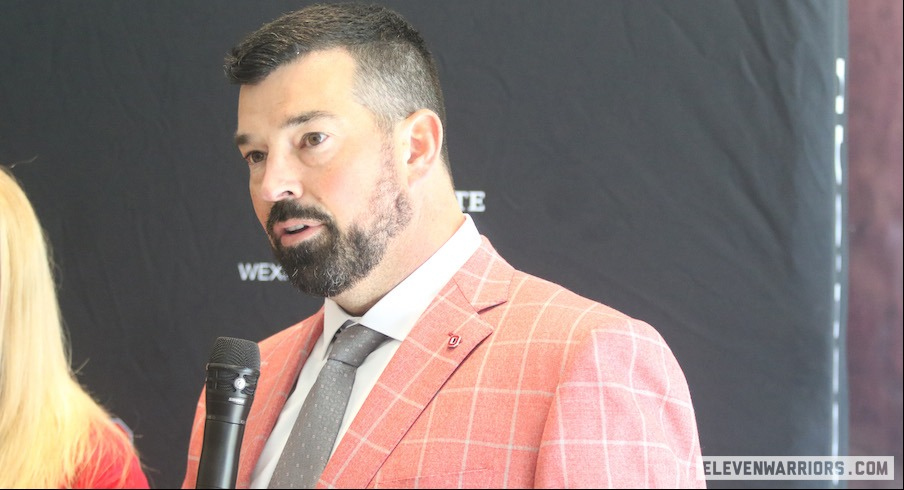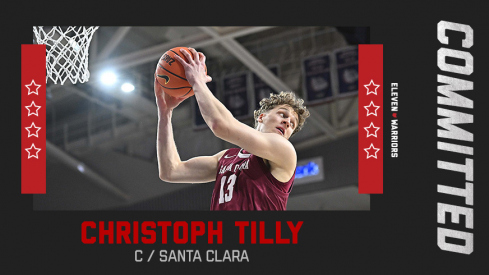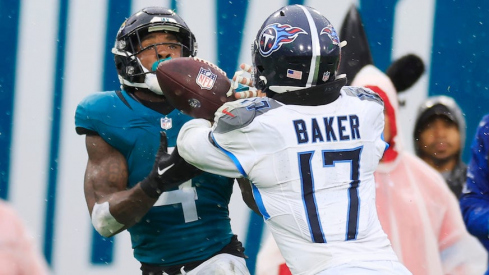Three-star in-state linebacker CJ Sanna commits to Ohio State.
Ryan Day believes the new revenue sharing model coming to college sports will be a good thing for college football.
After nearly three years of athletes being able to profit from their name, image and likeness, which has led to donor-funded collectives making deals with players to play for specific schools, Day believes schools sharing revenue directly with players is the right step for the future of the sport.
“I do,” Day said while speaking to a group of reporters before Tuesday’s Faces of Resilience event at Ohio State. “I think it's the first step in institutionalizing all of this. There's still a lot of things to be figured out, but we're excited about it.”
While the model created by the NCAA’s recent settlement will allow each school to share up to a figure equivalent to 22% of the average revenue for Power 5 athletic departments, Day doesn’t know yet exactly how much of that revenue will go to football players at Ohio State, as it’s up to each school to decide how it will allocate the shared revenue among its athletes.
“It's still to be determined,” Day said. “There's a lot of things that need to be addressed. You know, the Title IX and just the breakdown of how every school is going to handle it. Obviously, in particular, how we're going to handle it. But we're not there yet.”
That said, Day believes revenue sharing will be a key component of Ohio State’s roster retention and recruiting efforts going forward. He expects Ohio State’s collectives and NIL endorsement deals to remain a part of the Buckeyes’ strategy, too.
“There's other avenues where NIL can happen, sponsorships and things like that. But that (the shared revenue) is going to be a number that we feel like is really going to help our total pot,” Day said. “And I think that's really important for recruits to understand that. With Alston money and cost of attendance, there's a lot of things now that are going to be institutionalized, which certainly does make things easier. We still believe that collectives are still going to be a big part of what we do. And so we have to make sure we find that balance.”
As the NCAA works toward implementing the new revenue-sharing in time for the 2025-26 academic year, other changes concerning the economics of college sports are also being weighed. One such proposal is for football roster sizes to be reduced, potentially to as few as 85 players, with all players on the team receiving scholarships.
While Day is on board with the larger changes coming to college sports, the elimination of walk-ons is one change he would not support.
“I feel like the walk-on position has been something that's been part of college football for a long time. I don't think any of us want to take that away from college football,” Day said. “There also are a lot of things that need to be considered here as we work in the revenue sharing in a year from now. I know there's a lot to be unpacked there, but I don't think any coach would tell you they want to lose the walk-on position. So I think we need to make sure that we have that in college football moving forward.”


